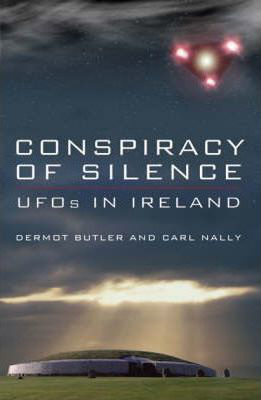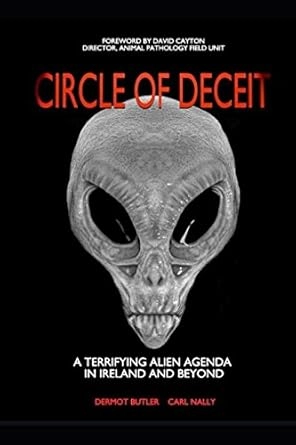Unknown Bacterial Species Discovered Aboard China's Tiangong Space Station
Science/Medical/Technology
Yesterday
2 minute read.
Chinese scientists have identified a previously unknown strain of bacteria aboard the Tiangong space station, according to a study published in the International Journal of Systematic and Evolutionary Microbiology. The microbe, named Niallia tiangongensis, was isolated from surface samples collected during the Shenzhou-15 mission in May 2023.
The strain is genetically similar to Niallia circulans, a bacterium typically found in soil, sewage, and various food products on Earth. While N. circulans is known to occasionally cause sepsis in individuals with weakened immune systems, the spaceborne N. tiangongensis displays several distinct characteristics that suggest adaptation to the extreme conditions of space.
According to researchers, N. tiangongensis possesses enhanced capabilities for forming spores and biofilms, allowing it to survive prolonged periods of radiation and oxidative stress. It can also hydrolyse gelatin, indicating a potential method for nutrient acquisition in the nutrient-scarce environment of space.
The bacterium's discovery raises concerns about microbial contamination in closed space habitats, where even low-virulence microbes can pose threats to crew health and mission safety over long durations. “It’s critical that we understand how microorganisms adapt to space conditions, particularly when planning for future long-duration missions,” said one researcher involved in the study.
While the origin of the microbe remains uncertain, scientists suggest it may have been introduced to the station in spore form from Earth and subsequently adapted to its new environment. Alternatively, its unique traits may have emerged through evolutionary changes prompted by microgravity and high radiation exposure.
“This type of microbial resilience could have practical applications not only in space but also in industries such as medicine, agriculture, and waste management,” another expert noted.
The discovery has prompted renewed attention to sterilisation protocols in space missions. As humanity prepares for deeper space exploration, including missions beyond Earth's orbit, maintaining biological integrity aboard spacecraft will be essential.
Further research is ongoing to determine the full implications of Niallia tiangongensis and to explore whether similar organisms may exist aboard other orbital platforms or long-range spacecraft.
The strain is genetically similar to Niallia circulans, a bacterium typically found in soil, sewage, and various food products on Earth. While N. circulans is known to occasionally cause sepsis in individuals with weakened immune systems, the spaceborne N. tiangongensis displays several distinct characteristics that suggest adaptation to the extreme conditions of space.
According to researchers, N. tiangongensis possesses enhanced capabilities for forming spores and biofilms, allowing it to survive prolonged periods of radiation and oxidative stress. It can also hydrolyse gelatin, indicating a potential method for nutrient acquisition in the nutrient-scarce environment of space.
The bacterium's discovery raises concerns about microbial contamination in closed space habitats, where even low-virulence microbes can pose threats to crew health and mission safety over long durations. “It’s critical that we understand how microorganisms adapt to space conditions, particularly when planning for future long-duration missions,” said one researcher involved in the study.
While the origin of the microbe remains uncertain, scientists suggest it may have been introduced to the station in spore form from Earth and subsequently adapted to its new environment. Alternatively, its unique traits may have emerged through evolutionary changes prompted by microgravity and high radiation exposure.
“This type of microbial resilience could have practical applications not only in space but also in industries such as medicine, agriculture, and waste management,” another expert noted.
The discovery has prompted renewed attention to sterilisation protocols in space missions. As humanity prepares for deeper space exploration, including missions beyond Earth's orbit, maintaining biological integrity aboard spacecraft will be essential.
Further research is ongoing to determine the full implications of Niallia tiangongensis and to explore whether similar organisms may exist aboard other orbital platforms or long-range spacecraft.



